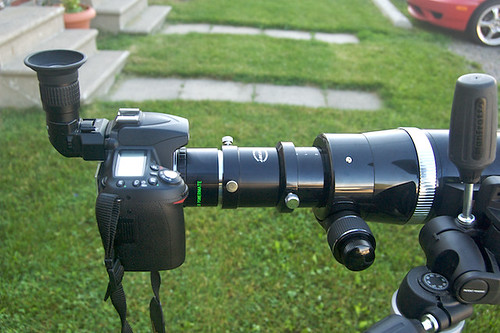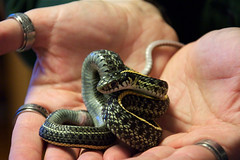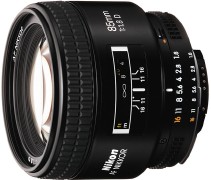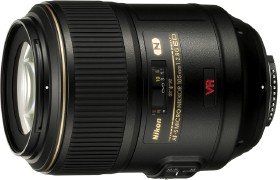Browser usage and coding for Internet Explorer 6
Internet Explorer 6 has been the bane of my existence as a web designer for years, particularly since (a) I have no computers that run Windows at home, so IE 6 is not readily available, (b) IE 6 does things in a stubbornly different fashion compared to other browsers, and (c) I’m not that good a web designer. So I can test my designs against Safari and Firefox, and occasionally a more recent version of IE, like IE 7, that does a better (i.e., more standard) job of rendering web pages, but IE 6, not so much — except when I have a spare moment at work. And, a recent check shows that, once again, web pages that look fine in the browsers I do have access to look like crap in IE 6.
It’s Netscape 4 all over again: that old browser did a horrible job of rendering CSS, but its installed base meant that it took years to go away. The question is: has IE 6 gone away yet? Are there few enough people still using it that it’s safe enough to ignore compatibility problems?
Using Google Analytics, I had a quick look at my visitors’ browser usage. The answer is: a definite maybe.





